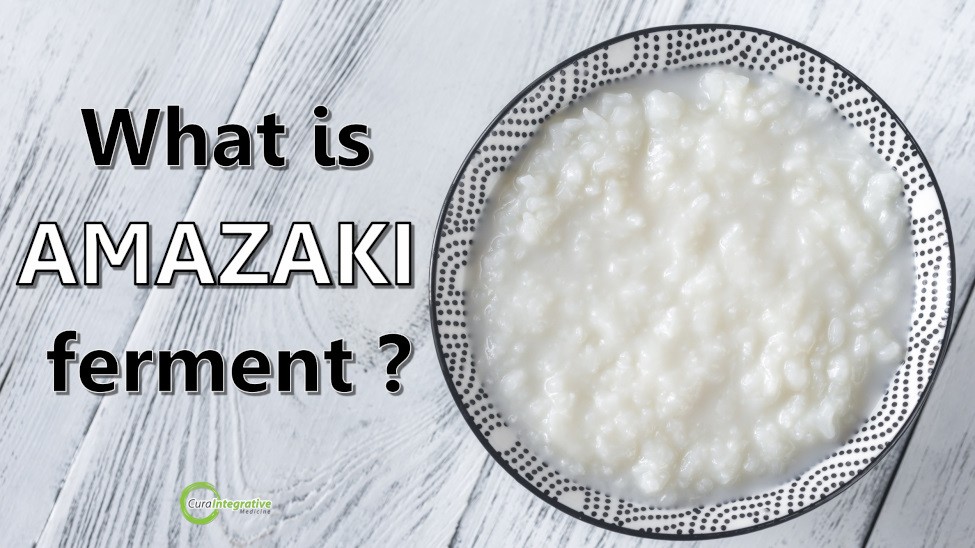Koji is a less known superfood found in a variety of macrobiotic foods. Containing Aspergillus oryzae, koji is used to make foods such as miso, amazaki and tamari. Read More…
![How to Manage Ankylosing Spondylitis (AS) Naturally [Part 1 of 2]](/media/website_posts/71/manage-AS-naturally-1-of-2.png)
How to Manage Ankylosing Spondylitis (AS) Naturally [Part 1 of 2]
Posted 2 Feb '18
Ankylosing Spondylitis, or AS, is one type of arthritis that targets the spine or the vertebrae, fusing them together. AS is almost as common as rheumatoid arthritis, and is more commonly seen in men, with 1/4 of patients with AS being women. It usually appears early around teenage or young adult years. Rarely does it appear in people over the age of 40. Unfortunately, it usually gets confused with other more common types of arthritis due to the symptoms developing rather slowly. The patient often will have seen different types of doctors or practitioners before getting the correct diagnosis.
Signs and Symptoms for Ankylosing Spondylitis
Patients who have AS experience pain and stiffness, projecting from the back down to the pelvic area, and in some cases, to joints, progressing to spondyloarthropathy, such as psoriatic arthritis and reactive arthritis. The joints and ligaments that are crucial in movement start swelling and stop working as it is supposed to. When those tissues are injured due to AS, they are replaced by new ones that slowly turn into bone, limiting movement as if the spine was made up on just a single bone. Patients will be unable to bend, or turn their back and neck.
Here are the most common signs and symptoms:
- Pain and/or stiffness around the lower back or hip area
- Pain around the buttocks
- Pain around the neck
- Fatigue
- In some cases, pain and stiffness around the shoulders, ribs, and extremities
Pain comes slowly in the course of a few months or even years, and doesn’t start all of a sudden. It is commonly experienced in the morning or after being inactive for a certain period, such as after being seated for a length of time. Often, those who suffer from AS will feel relief once they begin moving again.
Complications Of AS
Complications, due to the fused spine, include difficulty in moving and even in breathing — for those whose rib cages have also fused. Heart problems, compressed bones, and eye inflammation (uveitis). AS may also lead to gut or skin problems.
The Causes, Risk Factors, and How to Manage Naturally is discussed in the next article.





